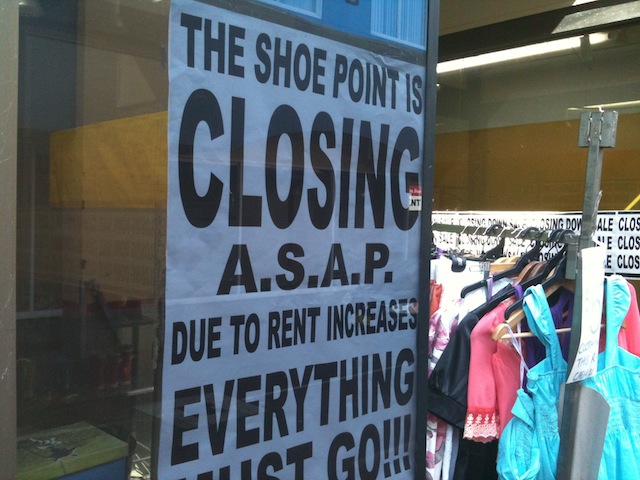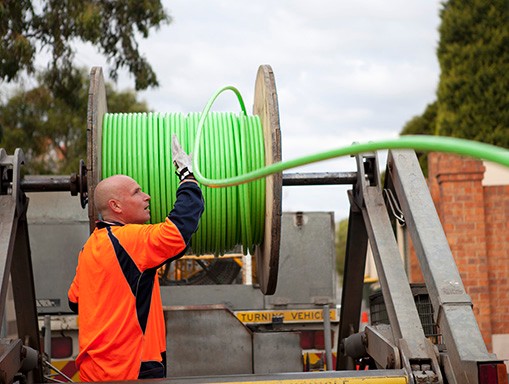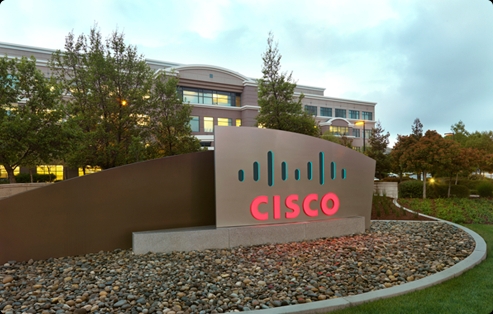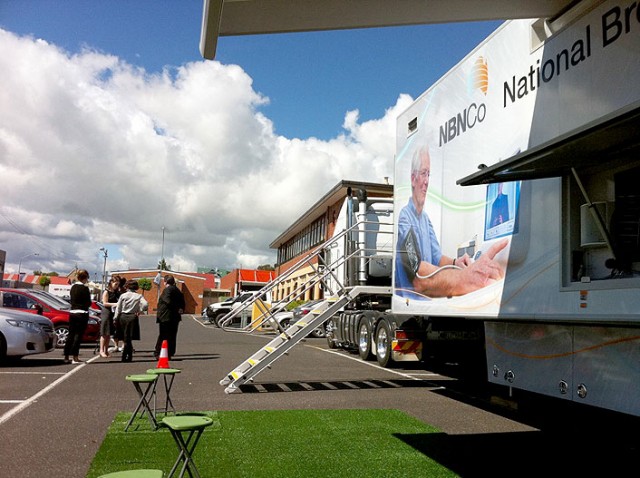One of the mantras of the digital economy is new technologies, such as the web and cloud computing, level the playing field for small businesses competing against large corporations. Could it be that belief is wrong?
The Australian Centre for Broadband Innovation last week released its Broadband Impacts report where it examined how high speed internet is changing communities. The results weren’t good for small businesses.
One of the key metrics the ACBI used was business use of websites, it’s shocking enough that only 70% of Australian corporations have an online presence but less than half of small businesses being on the web is disgraceful.

An interesting quirk in the above table indicates that there’s quite a few microbusiness using online sales services and one wonders if the question being asked by the Australian Bureau of Statistics is too limiting in its definition of websites.
The ABS defines businesses with a web presence as those with a website, home page or other web presence but excludes those listed solely as part of an online listing. A web presence was reported by 45% of Australian businesses as at 30 June 2012.
With this definition excluding social media and listing services, it probably does understate the number of Microbusinesses that have an online presence but not a website as defined by the ABS.
The relevance of broadband
In the context of broadband it’s worth noting that websites and online commerce don’t need high speed internet connections, so it’s hard to conclude that giving these businesses faster access is going to make a difference to the way they work.
Where high speed broadband and ubiquitous internet really make a difference is in business operations. As workers become more mobile and the internet of things rolls out, having access to reliable connections is going to become critical to most organisations. Again though, small business tracks poorly on this measure.
![]()
Overall the use of cloud services – which is what the bulk of these “new operational processes” will be – is pretty poor across the board although one suspects in the larger organisations various groups have changed their business practiced around services like Dropbox and Documents To Go without senior management being aware of it.
What’s particularly disappointing about this statistic is small businesses are the group most suited to using cloud services and those not adopting these technologies are missing a competitive advantage.
So who needs broadband internet?
These results beg the question – does small business really need high speed broadband access? If they aren’t doing things that could be done on a dial up modem, like registering domains or setting up websites, it’s hard justifying the investment of connecting SMBs to fibre networks.
While there’s no doubt high speed internet is essential to the economic future of communities and nations, we have to keep in mind that not all groups will take advantage of the new technologies. Some will be left behind and in Australia’s case, it may well be small business.





